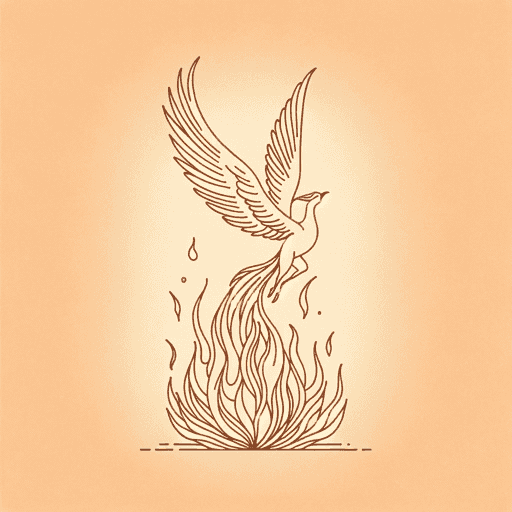24 pages • 48 minutes read
A Grief Observed
A modern alternative to SparkNotes and CliffsNotes, SuperSummary offers high-quality Study Guides with detailed chapter summaries and analysis of major themes, characters, and more.
Foreword-IntroductionChapter Summaries & Analyses
Foreword Summary
After the death of her husband of forty years, Madeleine L’Engle re-read A Grief Observed, finding that “the death of a spouse after a long and fulfilling marriage is quite a different thing” than what happened to Lewis, whose “experience of marriage was only a taste” (VI). L’Engle notes that C.S Lewis knew Helen had terminal cancer and that she would die first, and “moved into marriage with an imminent expectation of death in an extraordinary witness of love and courage and sacrifice” (VII). Although each person’s grief is different, L’Engle finds that Lewis captures the common elements of the experience, especially the physical sensations and worries about fading memories of the deceased loved one. Observing “that Lewis asks the questions that we all ask: where do those we love go when they die,” she appreciates the book for depicting grief as “normal” and “natural” (VIII).
Although L’Engle herself did not suffer the crisis of faith that Lewis experiences, she appreciates the “courage to yell, to doubt, to kick at God with angry violence,” for that is a part of“healthy grief not often encouraged” (X). She applauds Lewis for his candor, which “gives us permission to admit our own doubts, our own angers” and “to know that they are part of the soul’s growth” (X).



Related Titles
By C. S. Lewis




















